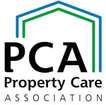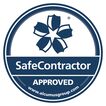If you own a property anywhere in Hertfordshire, which has infestations of wood boring insects (woodworm) or timber decay (wet rot or dry rot), specialist treatment will be required to eradicate it. However there are several different species of Woodworm and Wet Rot fungus, which needs to be accurately identified by our Property Care Association (PCA) qualified timber and damp surveyor, to ensure the correct treatment is applied. Often woodworm infects timbers that are damp and affected by decay such as Wet Rot fungus (Coniophora puteana). The most common Woodworm to infest timbers in the United Kingdom is the Common Furniture Beetle (Abobium punctatum), commonly known as ‘woodworm’.
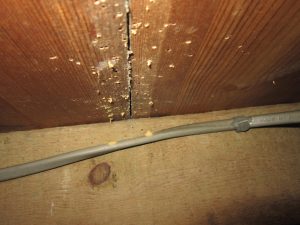
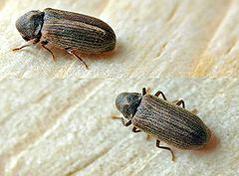
An active infestation of Common Furniture Beetle (Anobium punctatum) to the floorboards.
Tapco HomeDry has been treating and eradicating Woodworm and Wet Rot fungus in London and the Home Counties for over 45 years and have the enviable reputation as being one of the most established and reputable timber treatment companies in the UK.
Most people who own an older property come across Woodworm or Wet Rot fungus at sometime or the other because prior to the 1990’s many properties were constructed with untreated timber.
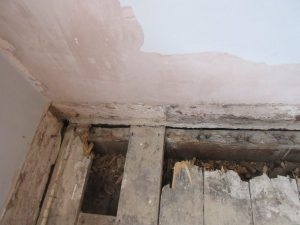

An attack of Wet Rot Fungus (Coniophora puteana) to the flooring timbers.
Woodworm isn’t something that most people go around looking for but that doesn’t mean it is not there, munching away at your flooring and roofing timbers, without you knowing. Sometimes the first time you know you have woodworm is when the leg of a heavy item of furniture falls through a floorboard. The amount of damage woodworm can cause depends on certain factors, such as; The species of the infestation and the type and cellulose content of the wood. For example, the larvae of the most common woodworm, Common Furniture Beetle (Anobium punctatum) is only about 2/3 mm long where as the larvae of the House Longhorn Beetle (Hylotrupes bajulus) can be 25 mm long and as thick as a pencil. Because of the serious damage that can be caused to roof frame timbers, by the House Longhorn Beetle, we strongly advise that properties, particularly in Surrey and parts of London, where the infestation is often found, should be treated as a precautionary measure, because for sure with this pest, prevention is better than cure.
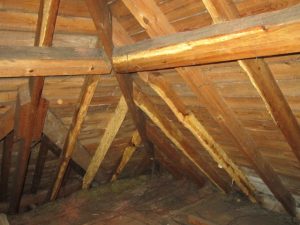
An infestation of the House Longhorn Beetle (Hylotrupes bajulus) to the roof timbers.
Woodworm larvae can bore up and down the grain of the timber anywhere between 2 to 12 years, again depending on the species. As long as the infestation isn’t heavy and hasn’t caused structural damage to the timber, most treatments can be carried out quite quickly and safely. Tapco HomeDry lift approximately every sixth floorboard to gain access to the undersides, joists and plates, thoroughly brush clean the timbers and apply an aqueous based timber preservative treatment to the surface of all accessible timbers, using a coarse spray. The floorboards are then re-fixed, prior to treating the top surface. The preservatives Tapco use are classed as non-hazardous and the room can be re-entered and used after one hour.
Tapco HomeDry are long term members of the Property Care Association (PCA) and Trust Mark (Government Endorsed Standards). We are also an accredited Which? Trusted Trader. All of our treatments are covered by our 20 year guarantee which can be protected by Guarantee Protection Insurance (GPI).


 Damp Proofing
Damp Proofing Basement Damp Proofing
Basement Damp Proofing Water Damage
Water Damage Condensation Control
Condensation Control Dry Rot Treatment
Dry Rot Treatment WOODWORM & WET ROT
WOODWORM & WET ROT CAVITY Wall Ties
CAVITY Wall Ties Property Maintenance
Property Maintenance Waterproofing And Tanking
Waterproofing And Tanking Structural Repairs
Structural Repairs
